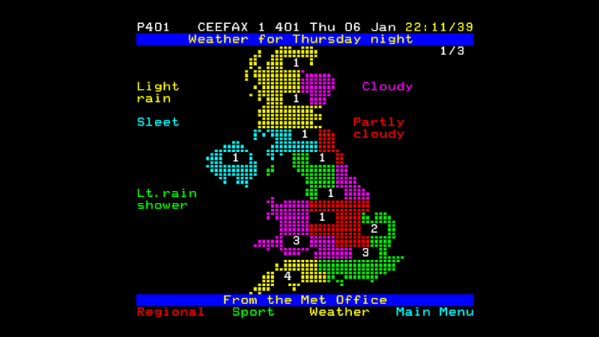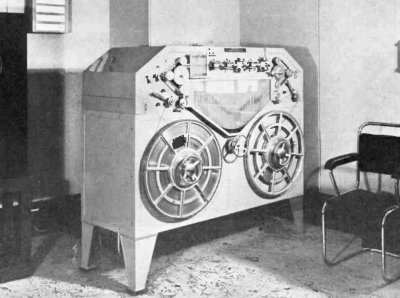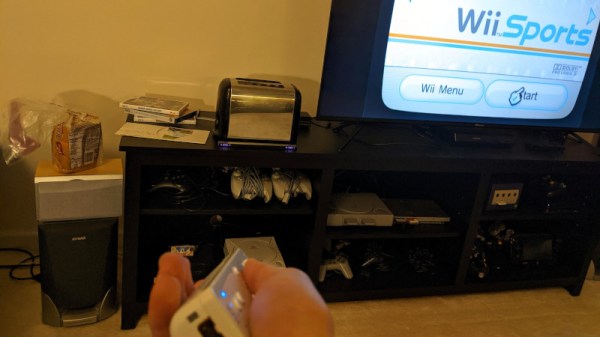We’ve now spent several months in this series journeying through the world of audio, and along the way we’ve looked at the various parts of a Hi-Fi system from the speaker backwards to the source. It’s been an enjoyable ride full of technical detail and examining Hi-Fi myths in equal measure, but now it’s time to descend into one of the simplest yet most controversial areas of audio reproduction. Every audio component, whether digital or analogue, must be connected into whatever system it is part of, and this is the job of audio cables, sometimes referred to as interconnects. They are probably the single component most susceptible to tenuous claims about their performance, with audiophiles prepared to spend vast sums on cables claimed to deliver that extra bit of listening performance. Is there something in it, or are they all the same bits of wire with the expensive ones being a scam? Time to take a look.
What Makes A Nearly Good Cable
In a typical domestic audio system with digital and analogue signals you might expect to find two types of cable, electrical interconnects that could carry either analogue or digital signals, and optical ones for digital signals. We’re here to talk about the electrical cables here as they’re the ones used for analogue signals, so lets start with a little transmission line theory. Continue reading “Know Audio: A Mess Of Cables”


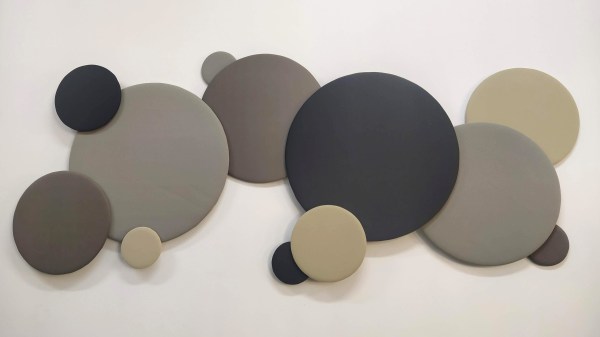
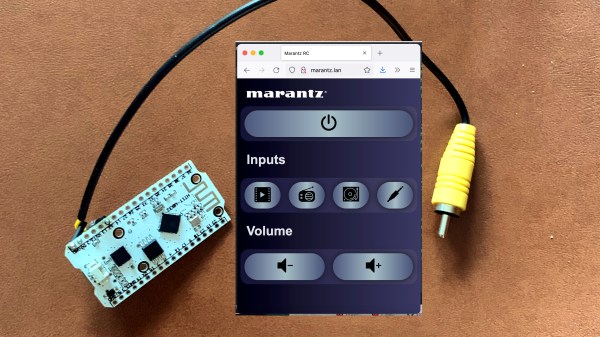
 At its core, the project uses an ESP32 and the
At its core, the project uses an ESP32 and the 